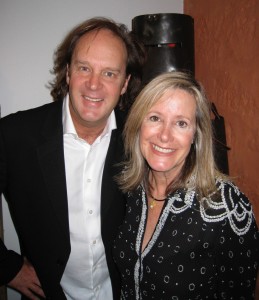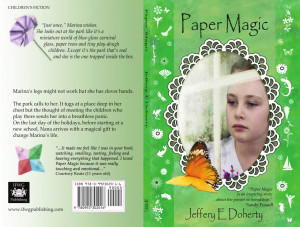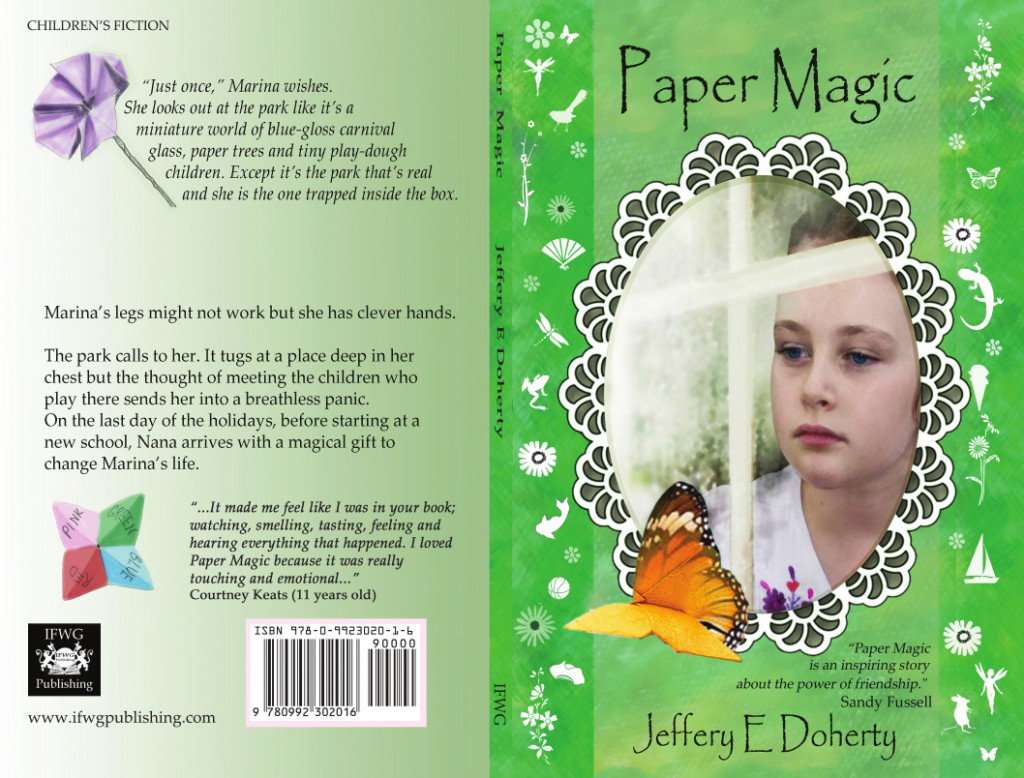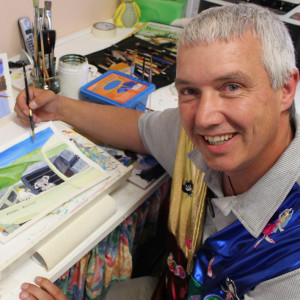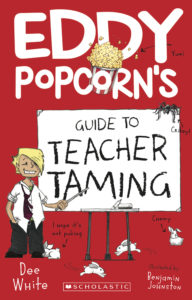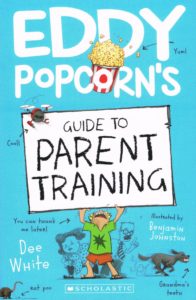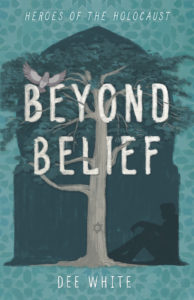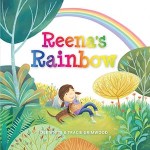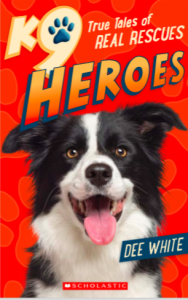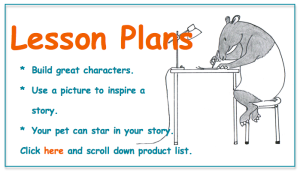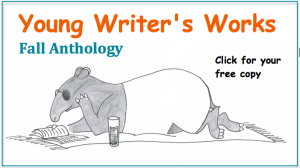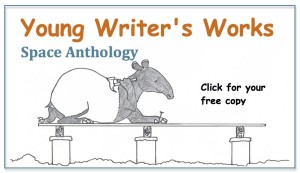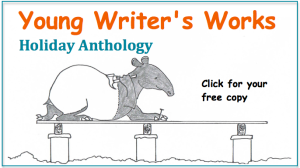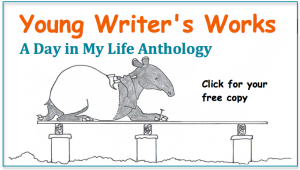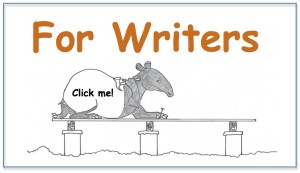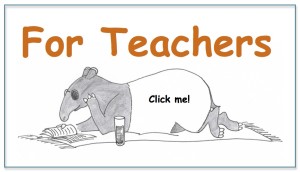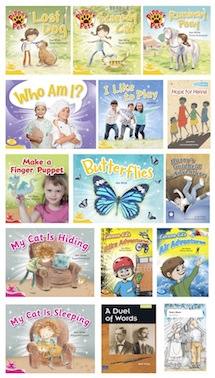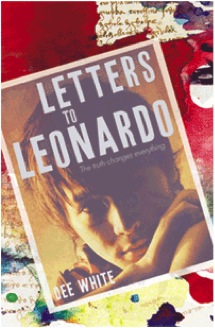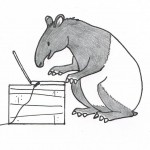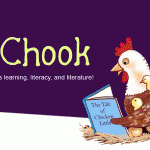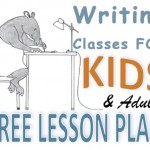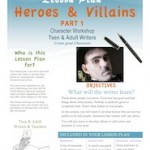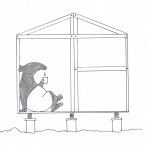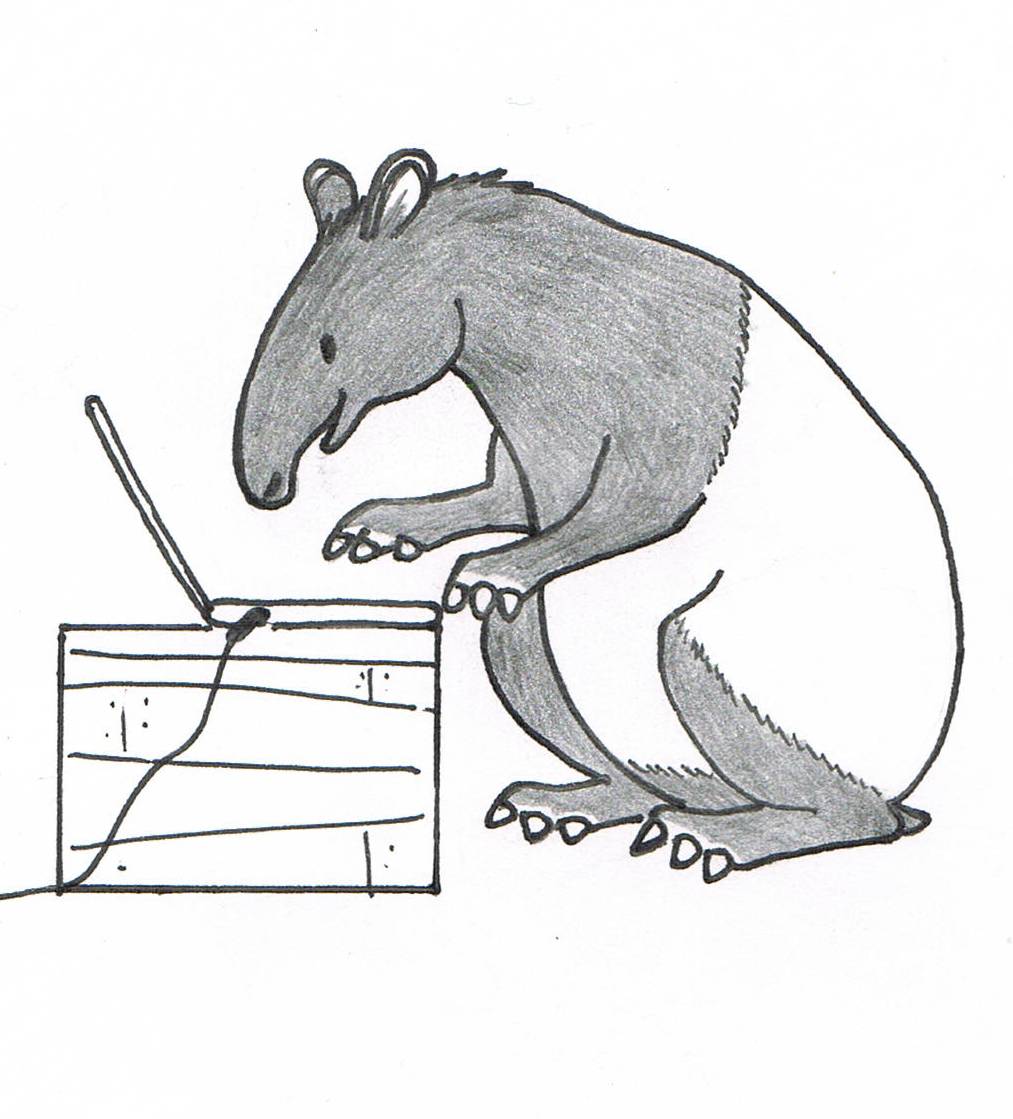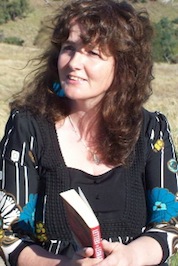![midnight-COV-77718-ART[1]_2](http://writingclassesforkids.com/wp-content/uploads/2014/03/midnight-COV-77718-ART1_2-270x300.jpg) Today I’m pleased to welcome talented author and illustrator team Mark Greenwood and Frané Lessac.
Today I’m pleased to welcome talented author and illustrator team Mark Greenwood and Frané Lessac.
They have a beautiful new historical picture book out called Midnight, and Mark is going to share with us the background to how this book came about, and how he created it.
MIDNIGHT
Midnight is a new narrative nonfiction picture book from the award-winning duo Mark Greenwood and Frané Lessac.
A foal is born at midnight, on the homestead side of the river. Coal black. Star ablaze. Moonlight in her eyes. On October 31, 1917, the 4th and 12th Regiments of the Australian Light Horse took part in one of the last great cavalry charges in history.
Among the first to leap the enemy trenches was Lieutenant Guy Haydon riding his beloved mare, Midnight. This is their story.
BACKGROUND
This book was inspired by the folklore of the Haydon family from “Bloomfield”, in the Hunter Valley, NSW. Riding his beloved mare, Midnight, Guy Haydon, a 25-year-old stockman, enlisted with the 12th Light Horse Regiment on 15 February, 1915.
Lt Haydon was parted from his horse when he was sent to Gallipoli. When he returned to Egypt he was allocated another, but no horse could replace Midnight. Lieutenant Haydon searched for weeks among the thousands of army horses until he found Midnight with another regiment. Negotiations between the commanding officers of both regiments to swap horses eventually reunited the soldier and his horse.
During the battle for Gaza, Midnight remained continuously under saddle for seven days and nights – testament to the endurance of this wonderful horse, as well as to the care she received from Guy Haydon.
The lieutenant and Midnight served together until sunset on 31 October, 1917, when the 4th and 12th Regiments of the Australian Light Horse charged the Turkish stronghold of Beersheba. Riding Midnight, Lieutenant Haydon was one of the first to leap the enemy trenches.
The spark to write about the light horse and the charge at Beersheba came from a visit to a school in Queensland where I saw the famous photograph of the charge hanging in the school hall.
I was instantly intrigued by the photo, and the controversy surrounding it. I began reading many books about the light horse with a view to writing a story that would bring this moment in our history to life.
I’m drawn to little known slices of history where themes like courage and mateship play an important role in defining our past. So I began a search for a story within the story – I was searching for a tale of one horse and one rider among those brave 800 – a story that would give readers a sense of atmosphere, participation and excitement about that historic event.
And that’s how Midnight’s story found me!
I visited the Haydon’s Bloomfield homestead in the Hunter Valley, NSW where Midnight was born. I was graciously granted access to Guy’s letters from the trenches at Gallipoli and throughout the campaign in Palestine. Then, together with Frané, we travelled to the scene of the famous charge and retraced the places where Guy and Midnight camped in the last few days leading up to the charge. For me, going to the setting I’m writing about, where the historical event actually occurred, is one of the crucial stages in bringing history to life. It is a fascinating part of the process of writing about the past.
In the safety of stories like Midnight, readers can imagine the past and understand events and struggles. They can experience war and conflict and the suffering and despair on imaginative journeys that provide opportunities for thinking critically and making judgements about the tragedy that war is capable of inflicting on individuals, families and nations.
ABOUT THE AUTHOR
Mark Greenwood is a musician and award-winning children’s author. His books aim to foster a greater appreciation and understanding of Australian myths and legends. Mark enjoys working with students of all ages, inspiring and developing their natural curiosity about books and writing. He has twice won the Western Australian Premier’s Award for children’s books and Simpson and His Donkey was Honour Book in 2009 at the Children’s Book Council of Australia Awards. He is married to Frané Lessac and they live with their two children in Western Australia. For more information about Mark’s work, please visit his website: www.markgreenwood.com.au
ABOUT THE ILLUSTRATOR
Frané Lessac is originally from New Jersey and is an artist of international renown having exhibited in London, Paris, New York, Los Angeles, and the Caribbean. Residing in Western Australia, Lessac now has over 40 children’s books published throughout the world. Her work has won Australian and international awards and has been translated into numerous languages. In 2010 she was awarded the Muriel Barwell Award for Distinguished Service to Children’s literature. For more information about her work, please visit her website: www.franelessac.com
WHERE TO BUY MIDNIGHT
If you have a question for Mark or Frané , feel free to ask it in the comments section of this blog.
Happy writing:)
Dee

